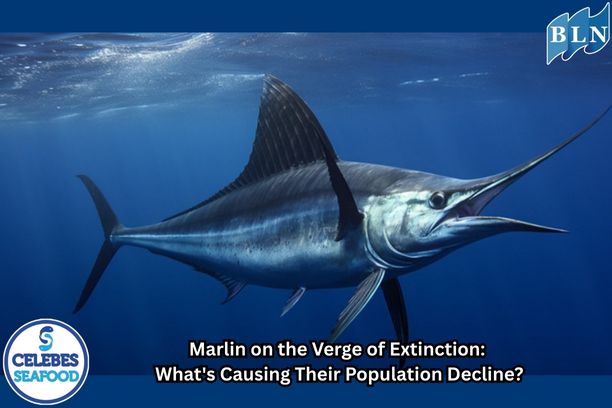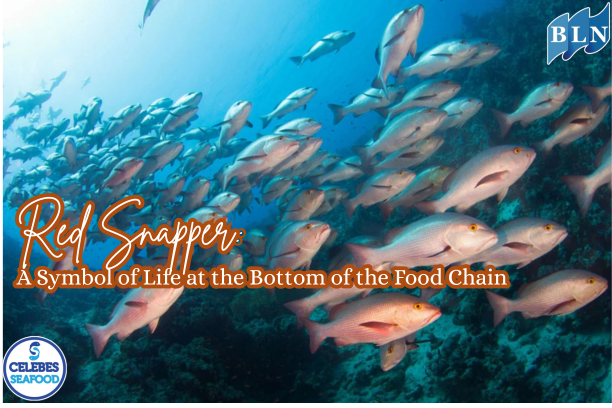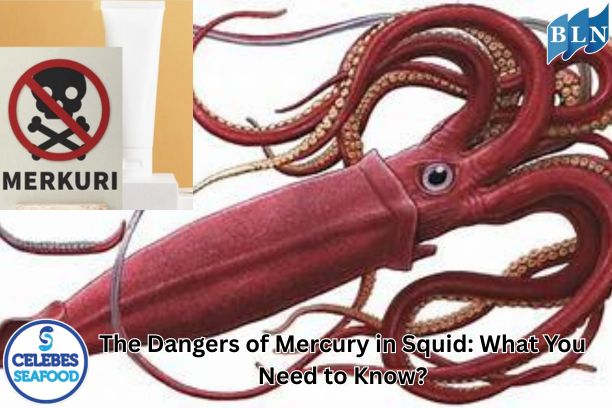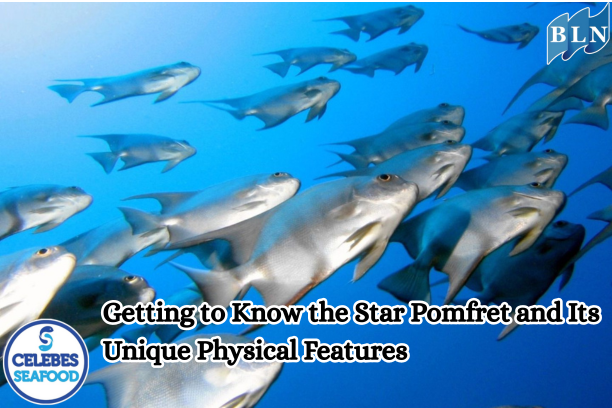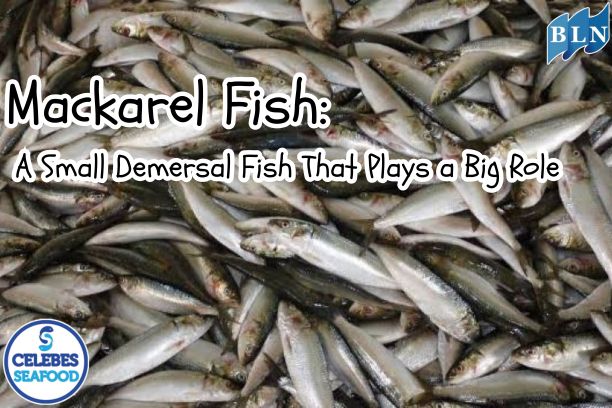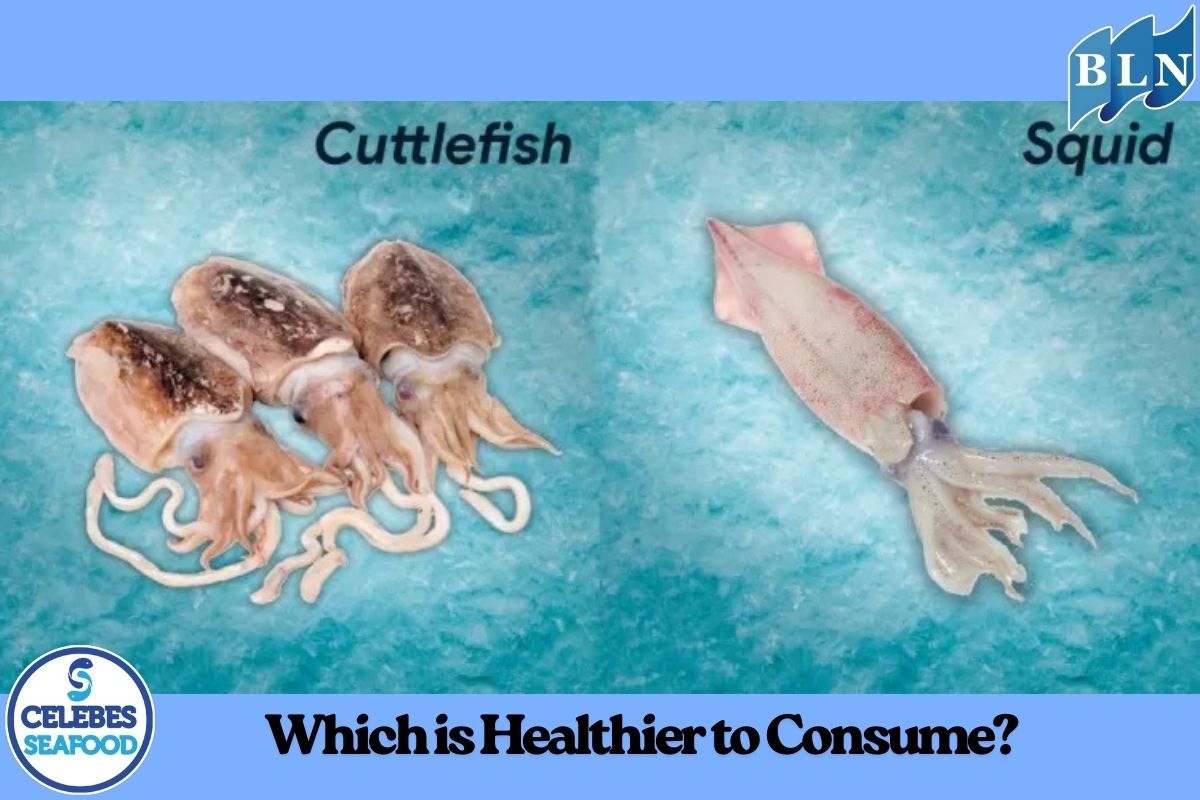Utilization of Sea Urchins in Marine Scientific Research
By. Edi - 23 Jun 2025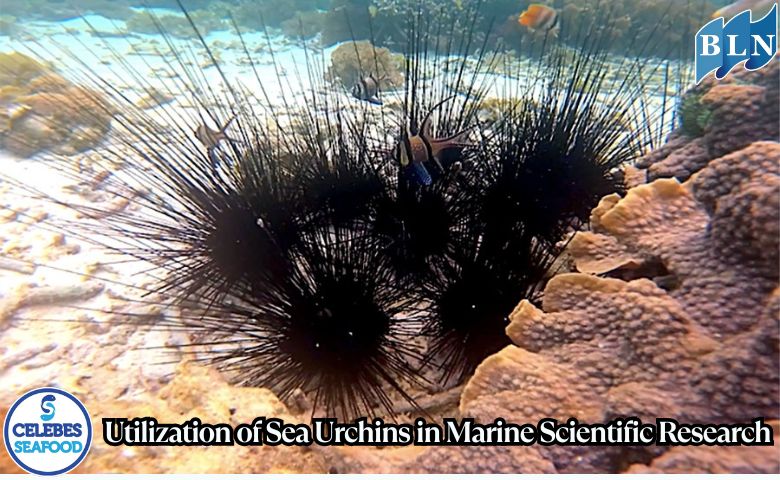
lautnusantara.com Sea urchins, also known as sea urchins, are one of the marine biota that are often only known for their sharp spines. However, behind their unique appearance, sea urchins have a very significant role in marine scientific research. These organisms are interesting research subjects for scientists because of their special biological characteristics and their role in the marine ecosystem.
A. Getting to Know Sea Urchins: The Spiny Echinoderms
Sea urchins are members of the phylum Echinodermata, a group that also includes starfish, sea cucumbers, and sea lilies. The name "echinodermata" itself means "spiny skin," which is very appropriate for sea urchins. They can be found in a variety of marine habitats, from shallow sandy waters to the dark depths of the ocean, and from warm tropical areas to cold polar waters.
There are thousands of species of sea urchins around the world, with striking variations in the size, color, and shape of their spines. Some species have short, blunt spines, while others have long, sharp, and even poisonous spines. The body of the sea urchin is generally round or flat, protected by a hard shell called the testa, to which their spines attach.
B. Study Model for Various Disciplines
One of the main reasons why sea urchins are widely used in research is because of their transparent life cycle and development. Sea urchin eggs and embryos are relatively easy to observe under a microscope, allowing researchers to study the processes of cell division, differentiation, and organ development in detail. This makes them an ideal model organism for the field of developmental biology, helping us understand the basics of life.
In addition, sea urchins are also important objects of study in ecotoxicology. Because they are sensitive to environmental changes and pollution, sea urchins are often used as bioindicators to assess seawater quality. Their reactions to contaminants, such as heavy metals or pesticides, can provide valuable information about the level of pollution and its impact on other marine life.
In the field of marine ecology, sea urchins play a crucial role in maintaining the balance of coral reef and seagrass ecosystems. They are efficient herbivores, eating algae that can smother and suffocate corals if their populations are not controlled. Research on the interactions of sea urchins with algae, corals, and their predators helps scientists understand ecosystem dynamics and identify effective conservation strategies.
C. Biomedical and Biotechnological Potential
In addition to basic science, sea urchins also offer great potential in biomedicine and biotechnology. Several species of sea urchins are known to contain bioactive compounds that have antibacterial, antiviral, anti-inflammatory, and even anticancer properties. Extracts from sea urchins are being studied for the development of new drugs that can treat various diseases.
In addition, the complex and lightweight structure of sea urchin spines has inspired the development of new materials in the field of biomimetics. Researchers are studying how the spines are formed and function to create materials with similar strength and durability for applications in various industries.
D. Challenges and Future Hopes
Although the potential for sea urchins in research is enormous, there are several challenges that need to be faced. Climate change, especially ocean acidification, can negatively impact the ability of sea urchins to form their shells and spines, threatening their populations. Therefore, research on the resilience of sea urchins to environmental changes is becoming increasingly important.
With advances in technology and increasing awareness of the importance of marine conservation, the use of sea urchins in marine scientific research will continue to grow. From understanding the fundamentals of life to finding innovative solutions to biomedical and environmental problems, sea urchins are much more than just “spiky little things” on the ocean floor.
Utilization of sea urchins for marine ecosystems, Potential of sea urchins, Potential of sea urchins as nutraceuticals, Benefits of sea urchins from food sources to ornamental organisme.
If you are interested in our Coral Trout Fillet Skin On, CORAL TROUT WGG WHOLE GILLED GUTTED, TOMATO COD WHOLE GILLED GUTTED please do not hesitate to contact us through email and/or whatsapp.


